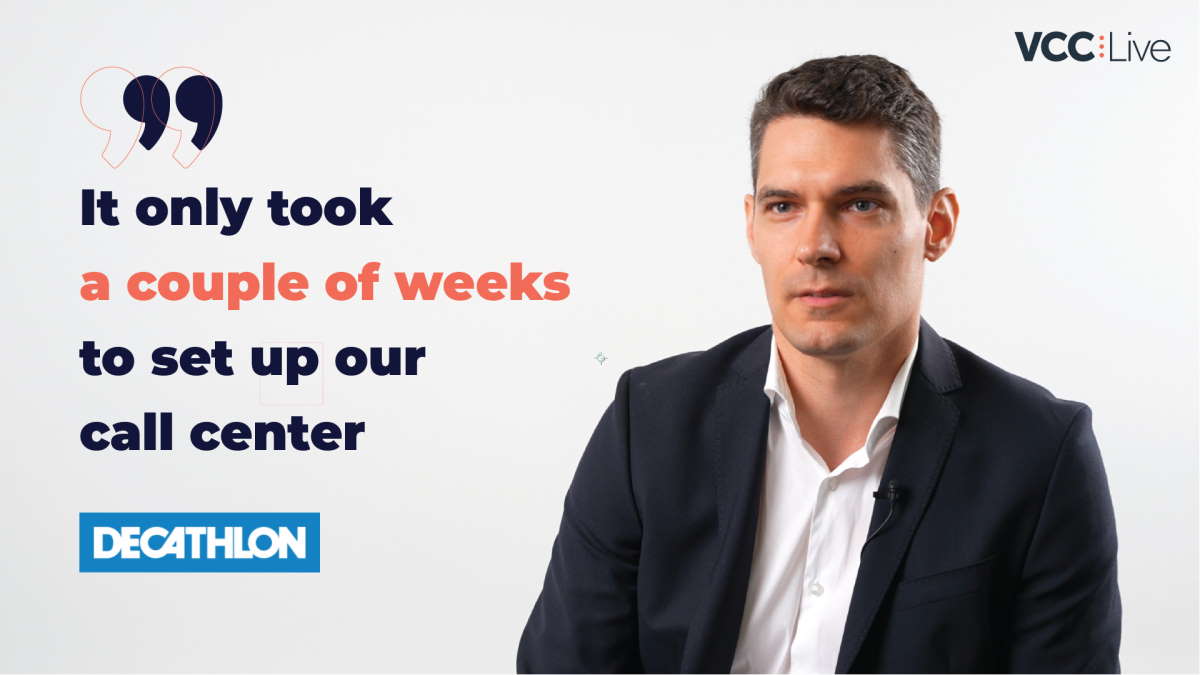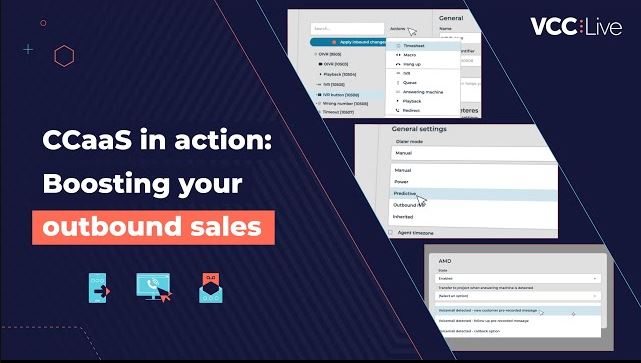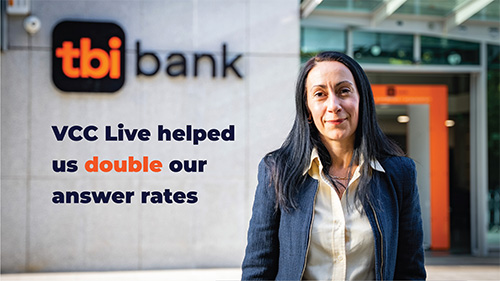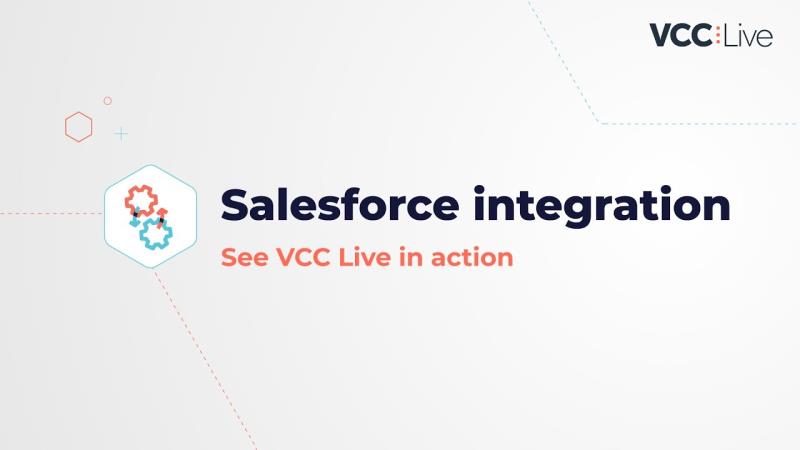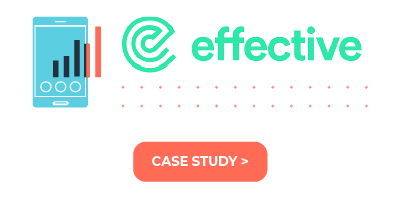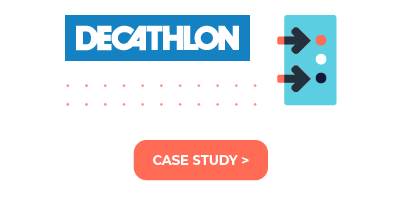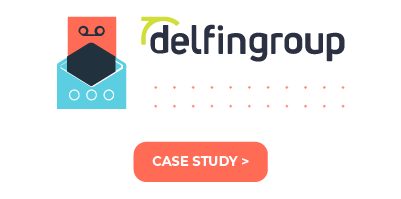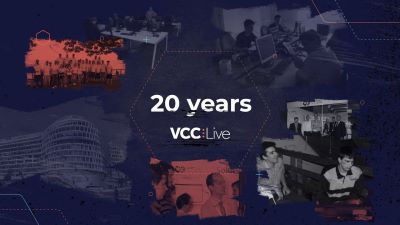These days, businesses need to provide their employees with reasons to stay at the company. Offering an outstanding working environment and conditions is essential, but it is increasingly not enough in a business world where most industries face labor shortages.
From the very beginning, call centers have had a bad reputation for being stressful places to work at. As such, it’s no surprise that agent retention is of utmost importance to most call centers.
In this article, we’ll give you five pro tips that will help you keep your agents in your team in the long run. Read on!
Empower them with the right tools
Technology is advancing at lighting speed, and it’s no different in the call center business. Therefore, instead of pushing your agents too much, make sure to rely on up-to-date technology to help them in their everyday work.
Making agents’ jobs easier by empowering them with smart call center features, such as a predictive dialer, CRM integration or call blending, will definitely encourage them to plan for the long term in your call center. In addition, system integrations will allow your agents to rely on a single all-in-one platform, instead of having to navigate around several systems.
In an ever-changing technological business environment, you need to keep up with technology advancements anyway, don’t you?
Offer valuable feedback
One thing is for sure: in a fast-paced work environment such as a call center, the majority of agents will undoubtedly appreciate feedback in order to able to excel at their job.
Valuable feedback can not only have a great impact on your agents’ performance but also provide them with the professional guidance any employee needs in order for them to plan for the long term in the workplace.
As such, always make sure to allocate enough time for one-to-one sessions with your agents and offer specific and crystal-clear feedback to them. If you need more help with this, check out our article on how to give feedback to your call center agents.
Provide Systematic Training
When you allow your agents to talk to your customers, you are basically putting your company’s reputation in their hands. In other words, as it is your agents who can keep your customers happy in the long run, make sure to provide them with systematic training sessions so that they can treat customers in a way that is worthy of your company.
When it comes to training call center agents, there are quite a few best practices. Reviewing recorded calls together with your agents, for example, will allow you to provide them with a crystal-clear example of what is and what is not acceptable during a customer call.
Also, when training your agents, set your creativity free. You can, for example, create a common knowledge base, and encourage your agents to contribute to it with their own knowledge.
Career Development Opportunities
Call center agents have to work hard to hit their (often unrealistic) target KPIs. Of course, in such a competitive environment, agents crave recognition from management.
Appreciating your agents is a great first step, however, if you really want to retain your agents, make sure to create a workplace environment in which they are encouraged to plan for the long term.
Younger generations put a great emphasis on career opportunities – for 49% of agents, a clear career path is essential to stay within their current workplace. And as the call center industry is constantly growing, so do the opportunities to fulfill a career at a call center. As such, try and offer internal job promotion opportunities when your best agents reached their maximum potential in their agent team.
Add some fun to work
If you want to retain your best agents, then creating a collaborative atmosphere and better work culture should be high on your list of priorities.
Anyway, who says call center life can’t be enjoyable? There are plenty of ways to make your agents’ everyday work just a little bit more interesting.
For example, you can leverage call center gamification and introduce games into agents’ daily activities, including offering prizes to agents in order to encourage growth in both their engagement and performance.
Another great way to keep agents stay is by allowing them to contribute to social causes. Supporting a charity or organizing fundraising events as part of corporate social responsibility will definitely encourage your agents to feel connected to a larger cause, while also helping your business boost team morale.
